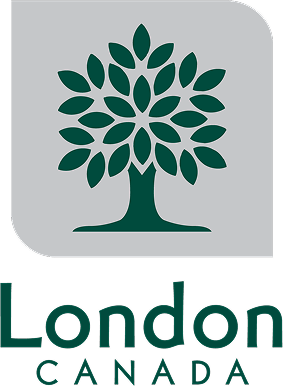About this project
The City of London's draft Paddling Plan focuses on protecting and enhancing the river corridor by supporting safe and sustainable paddling accesses along the Thames River. The river is known by other names by First Nations who originate from the territory comprised of Southwestern Ontario. The Anishinaabeg and Lunaapewak call it Deshkan Ziibi (Antler River in Anishinaabemowin) and the Haudenosaunee call it Kahwy^hatati (river in ONYOTA:KA). The draft Paddling Plan includes enhancing amenities, signage, mapping, invasive species management, and increasing awareness to help protect and improve the ecosystem health of the river corridor.
The draft Paddling Plan and One River environmental assessment also recommend making accessible updates to existing shore accesses in several parks including Harris Park, Riverside Boat Launch, and the Charles Hunt Weir portage accesses in Charles Hunt Park.
These improvements are being planned in two phases:
- Phase 1 included minor enhancements for several, existing, natural river accesses in safe and sustainable park locations in 2023.
- Phase 2 will include detailed design, studies, and regulatory approvals for several fully accessible river accesses in parks for implementation from 2023 to 2025+.
The City of London completed upgrades at seven river accesses in 2023-2024 on all three river branches as part of the Paddling Plan.
Riverside Boat Launch
Phase 1 (Natural Paddling Access Improvements) was completed and the City installed paddling signage with QR codes that link to information here: Paddling in London and here UTRCA Recommended Flows for paddling on Thames River. Trail improvements, invasive species management, and hazard removals (on Main Branch, North Branch, South Branch, and the Forks) were also completed. Phase 1 locations included:
- Riverside Boat Launch (Main Branch)
- Greenway (Main Branch)
- Blackfriars (Forks)
- Gibbons (North Branch)
- North London Athletic Fields (North Branch)
- Chelsea Green (South Branch)
- Vauxhall (South Branch)
As part of Phase 2 (Accessible Paddling Access Improvements), fully accessible, higher-end paddling accesses are being improved at a few locations including:
- Windermere Fields (North Branch), to be completed in 2025
- Pottersburg Dog Park (South Branch), to be completed in late 2024 or early 2025
- Harris Park (Forks) under construction, to be completed as part of the Harris Park Shoreline Restoration and Park Improvements





